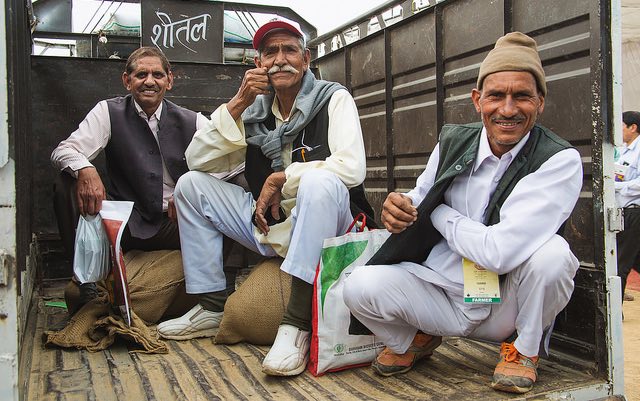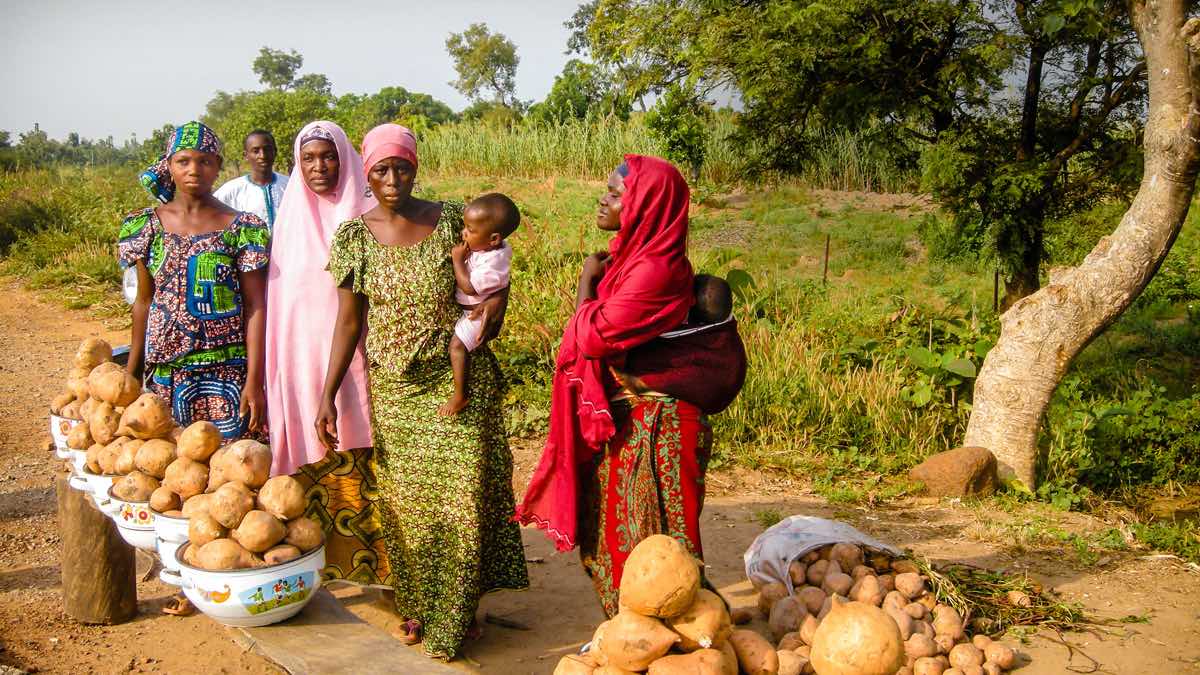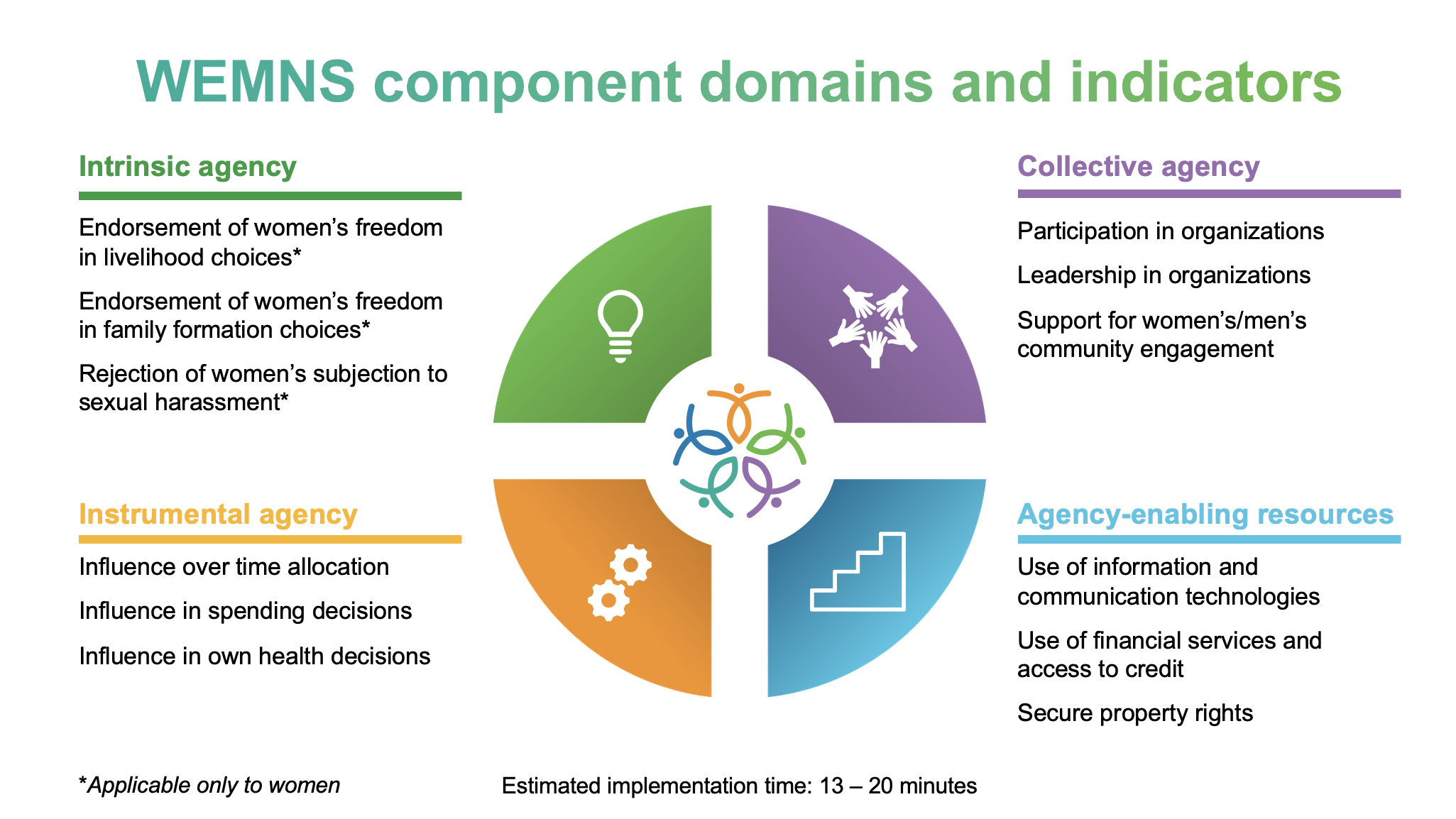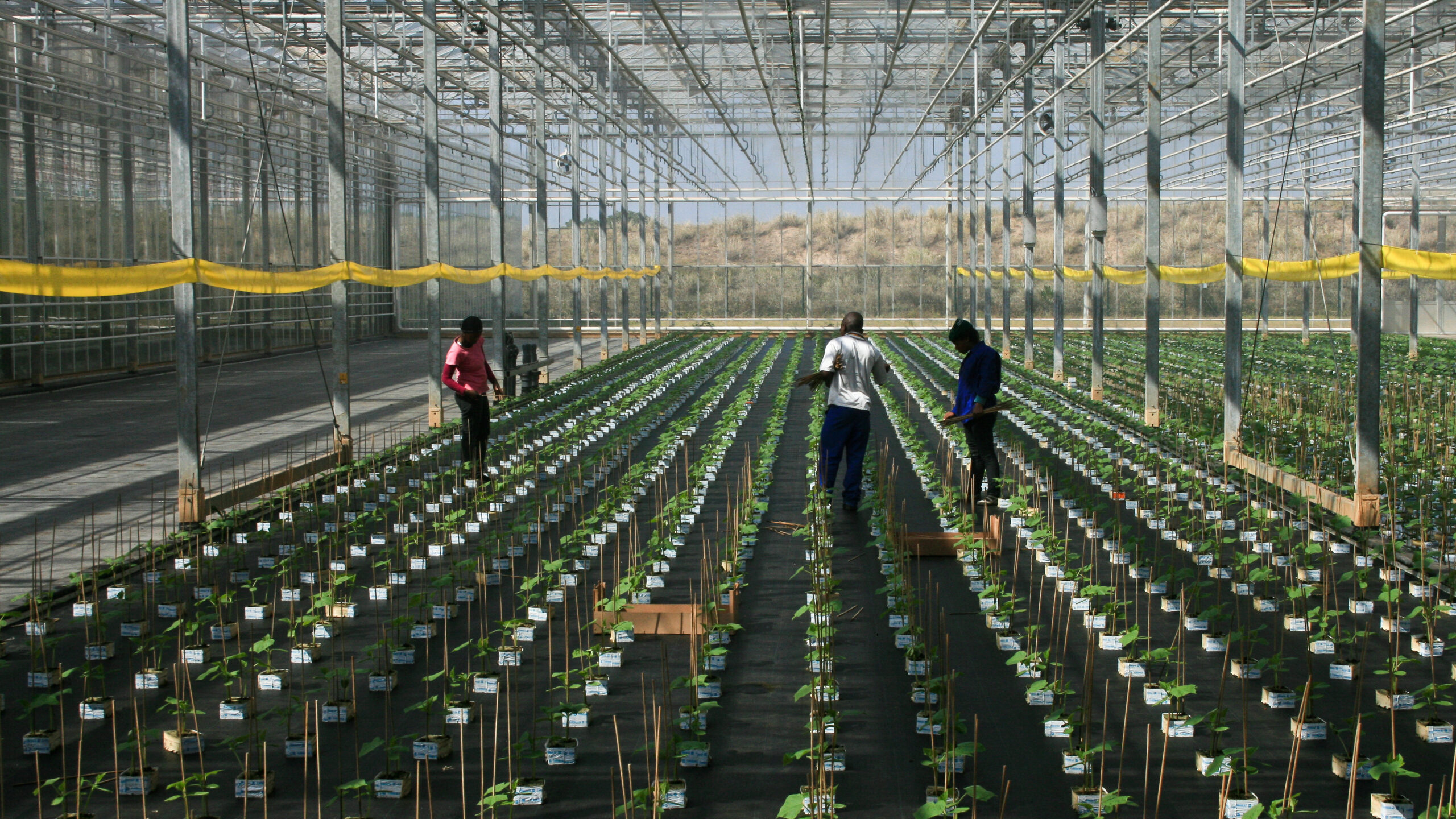Indian agriculture is confronted with high price volatility, climate risks, and indebtedness. Since the majority of farmers—86 percent—are small and marginal with declining and fragmenting landholdings, these uncertainties make them even more vulnerable and risk-prone. The Indian government’s last two budgets were pro-agriculture: More resources were allocated to agriculture and a number of programs were initiated to increase irrigated area, improve soil health, promote agro-processing, and cover production risk, among many others. Nevertheless, it appears that agrarian distress is silently spreading across all the states. It seems that all these programs and schemes are disjointed and function independently of each other. India needs a five-point program that addresses agrarian challenges and brings together various ongoing programs under one umbrella:
Increasing incomes. Agricultural transformation is very slow in India. Therefore, the process of generating higher income from agriculture is also slow. Production increase was the main objective than raising incomes. It is welcoming that Prime Minister Narendra Modi proposes doubling the income of farmers by 2022—a paradigm shift. This will require several things: An aggressive push to improve technologies by strengthening the seed sector and knowledge dissemination system; agricultural diversification in favor of high value commodities and the development of value chains by linking production and marketing centers; and finally, developing mechanisms to ensure minimum support prices in the event of crash in farm harvest prices. Success will depend on how farmers are aggregated for production and marketing through promotion of contract farming, cluster farming, farmer producer organizations and self-help groups.
Generating employment opportunities. The Situation Assessment of India reported that more than 40 percent of farmers would like to quit agriculture if alternative opportunities were available. Agriculture is becoming crowded and does not provide regular employment opportunities. In the absence of regular employment in rural areas, the rural population, especially youth, is migrating to urban areas to explore better opportunities and income. By 2020, people aged 15-34 will make up 34 percent of India’s population; currently, more than 70 percent of India’s youth lives in rural areas. Their energy and enthusiasm need to be tapped in ways that meet their aspirations and transform agriculture and rural economies. But agriculture per se will not be able absorb the growing number of youth in rural areas. Incentives should be provided in these areas: Aggregating raw and processed products (one example: Lijjat Papad, which employs more than 43,000 women); self-employment in agro-processing, agro-advisory, agriculture and rural transport, etc.; private sector engagement in custom-hire services, secondary and tertiary processing; location-specific non-farm employment in micro, small and medium enterprises, linked with the large manufacturing sector; and engagement in government programs, schools, and agriculture extension.
Reducing risks in agriculture. The risks farmers face have been increasing for years. Both production and price risks are creating ongoing agrarian distress. The incidences of droughts, floods, temperature fluctuations, and unseasonal rains and hailstorms are increasing and adversely affecting agricultural production. But even during normal years, farm harvest prices have fallen steeply, badly affecting farmer incomes. The prime minister’s National Agricultural Insurance Scheme is now in place to cover some production losses. Though this scheme is good, the compensation is insufficient and does not cover the risk of falling prices. The government should consider launching a “Prime Minister’s Climate Resilience Scheme” that covers both production and price risks. Such an approach could bundle promotion of climate-smart agriculture with value added weather advisory services and effective implementation of agricultural insurance, helping to ensure minimum support prices.
Developing agri-infrastructure. Agri-infrastructure—including agricultural markets, cold storage, warehouses, and agro-processing—has not developed in corresponding speed with rising agricultural production. The pace of agri-infrastructure is far behind what it is needed to improve the overall agri-food system. In the past, more focus was given to the production of agricultural commodities. In the absence of adequate agri-infrastructure, the supply chains of agri-food commodities are in the hands of an unorganized, fragmented, and inefficient sector. A better- organized private sector is emerging slowly due to the lack of commercial viability to develop agri-infrastructure. The role of public-private partnerships (PPP) is immense in developing agri-infrastructure for high economic and social gains. The government should form a commission to develop modalities and proposals for public-private partnerships in the agri-infrastructure sector. Many lessons can be learned from PPP’s excellent track record in the construction of national highways, the building and functioning of airports, the distribution of power, and other areas. These can be applied in developing rural agri-markets, cold storage, agro-processing, surface irrigation, and agricultural extension, and other elements of agri-infrastrucure. The central government should contribute to the efforts of individual states to develop such viable PPP projects.
Improving quality of rural life. Rural India is still missing basic amenities (including sanitation, hygiene, drinking water, drainage, schooling, and health centers). Three years ago, the prime minister encouraged each member of parliament and the state assemblies to adopt one village and work to transform it into a model village. The main objective was to provide all basic facilities to improve the quality of life in rural areas. The late former President A. P. J. Abdul Kalam originated a similar concept, Provision of Urban Amenities to Rural Areas (PURA), with the aim of providing urban infrastructure and services in rural hubs to create economic opportunities. The scheme should be revived to improve the quality of life in rural areas. In addition, the several programs and schemes that exist to build social and economic infrastructure should be united for larger impact.
It is high time to revive India’s agriculture sector and improve purchasing power at the bottom of the pyramid to accelerate overall economic growth. This can only be done by focusing on key areas and implementing programs under one umbrella.
P. K. Joshi is IFPRI’s South Asia Director. This post was originally published in The Business Standard.







